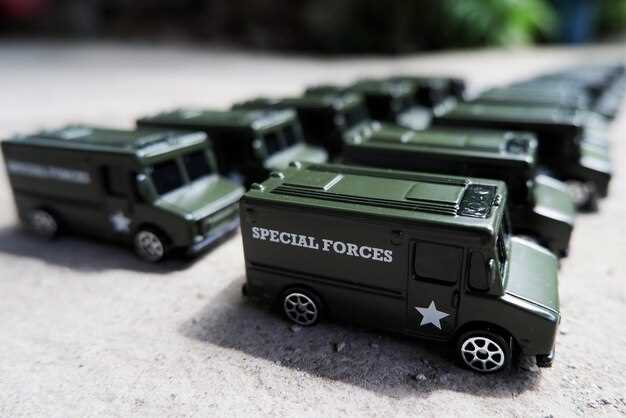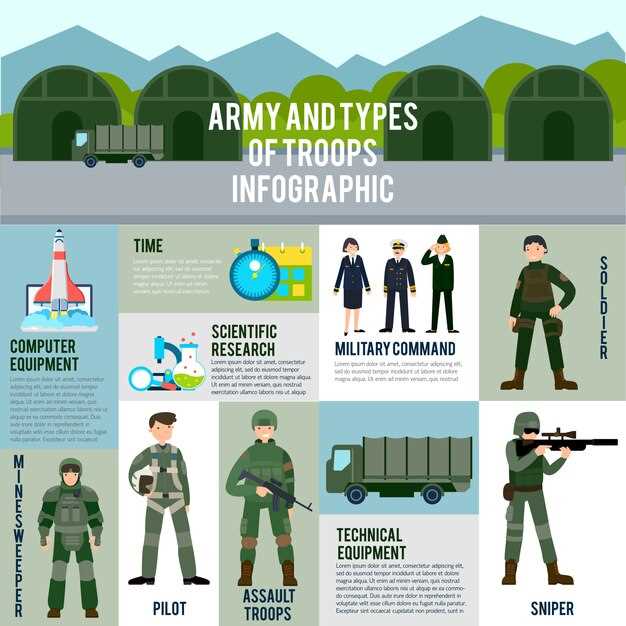Military Jeeps vs civilian Jeeps – key differences


The Jeep, a vehicle synonymous with ruggedness and versatility, has been a staple in both military and civilian applications. While both types share a common legacy rooted in durability and all-terrain capability, several key differences set them apart. Understanding these distinctions is essential for enthusiasts and potential buyers alike, especially when considering factors such as performance, design, and functionality.
One of the most significant differences lies in the design and engineering of military Jeeps, often based on models like the CJ series. Army variants are typically built to withstand extreme conditions, featuring reinforced frames and enhanced suspension systems. These features prioritize durability and reliability in combat scenarios, where a vehicle may be subjected to rigorous terrain and demanding situations.
In contrast, civilian Jeeps emphasize comfort and convenience. While they inherit the robust engineering of their military counterparts, civilian models are tailored for everyday use. This often includes a greater focus on aesthetics, interior features, and fuel efficiency, catering to a broader market that values both performance and style. The choice between a military and civilian Jeep ultimately hinges on the intended use, with each type offering unique advantages aligned with its primary purpose.
Performance Specifications and Capabilities of Army Jeeps

Army jeeps are specifically designed to meet the rigorous demands of military applications, which sets them apart from civilian models. One of the key performance specifications is their unparalleled off-road capability. With advanced four-wheel drive systems and high ground clearance, army jeeps can navigate diverse terrains, including mud, sand, and steep inclines, ensuring that troops can reach their destinations under various conditions.
In terms of engine power, military jeeps typically feature robust engines that provide high torque and horsepower. This allows them to carry heavy loads, such as equipment and personnel, while maintaining speed and maneuverability. Army models often have a higher payload capacity compared to civilian versions, allowing them to transport essential supplies during operations.
Another critical specification is the durability of army jeeps. Constructed with reinforced frames and heavy-duty components, these vehicles are built to withstand harsh environments, including extreme temperatures and rough handling. Additionally, they are designed with blast and ballistic protection features, enabling them to operate safely in conflict zones.
Mobility is further enhanced by specialized features such as high approach and departure angles, allowing army jeeps to tackle obstacles with ease. Their compact size aids in agility, making it easier to navigate through tight spaces and urban areas where larger vehicles might struggle.
Moreover, military jeeps often come equipped with advanced communication and navigation systems, ensuring that personnel can coordinate effectively in the field. These capabilities are crucial for mission success, allowing for real-time updates and strategic planning.
Overall, the performance specifications and capabilities of army jeeps are tailored to fulfill the specific needs of military operations, providing essential support in a wide range of scenarios.
Design Features Unique to Civilian Jeep Models
Civilian Jeep models, such as the CJ series, are specifically tailored for personal use and recreational activities, distinguishing them from their military counterparts like the army Jeep. One of the most notable design aspects is the enhanced comfort features incorporated into the civilian models. This includes improved seating materials, ergonomic layouts, and a focus on passenger convenience.
Another significant difference lies in the exterior aesthetics. Civilian Jeeps often have colorful paint options and body styles designed to appeal to the broader market. Features like chrome accents, decorative grille designs, and customized wheel options provide a more personalized touch, contrasting sharply with the utilitarian design of army vehicles.
Additionally, civilian Jeep models incorporate advanced technology and modern amenities such as infotainment systems, air conditioning, and sound insulation. The attention to noise reduction creates a more pleasant driving experience, which is typically lacking in military Jeeps that prioritize functionality over comfort.
The suspension and drivetrain in civilian models are also engineered for varied terrains, with performance enhancements for both on-road and off-road capabilities. This versatility makes civilian Jeeps suitable for a wider range of recreational purposes, from casual drives to off-road adventures.
Storage options also differ between these categories; civilian Jeeps often feature additional compartments, rear storage solutions, and customizable cargo space to accommodate personal belongings and outdoor gear. This practical design caters to families and outdoor enthusiasts who may not need the rugged specifications of an army vehicle.
Cost, Maintenance, and Availability Comparisons

The cost of military and civilian jeeps varies significantly due to their intended use and production specifications. Army jeeps, such as the military-grade Jeep Wrangler, are generally more expensive upfront due to enhanced durability, specialized features, and advanced technology required to meet combat standards. In contrast, civilian jeeps are priced lower, targeting a wider consumer market with more basic performance capabilities.
Maintenance practices also differ substantially between military and civilian jeeps. Army jeeps are designed for extreme conditions, which often leads to more rigorous maintenance schedules. Military vehicles undergo regular assessments to ensure they are combat-ready, requiring specialized tools and personnel for upkeep. Civilian jeeps, while still needing regular maintenance, typically align with standard consumer service practices, making them easier and more cost-effective to maintain.
Availability is another critical factor to consider. Military jeeps are produced in limited quantities, primarily for defense purposes, hence availability can be restricted and dependent on military procurement processes. This can lead to longer wait times for deployment or repairs. On the other hand, civilian jeeps are widely available at dealerships and service centers, facilitating easier access for consumers looking to purchase or service their vehicles.
In summary, army jeeps present higher costs, intensive maintenance requirements, and limited availability compared to their civilian counterparts, which are designed for everyday use and convenience.
